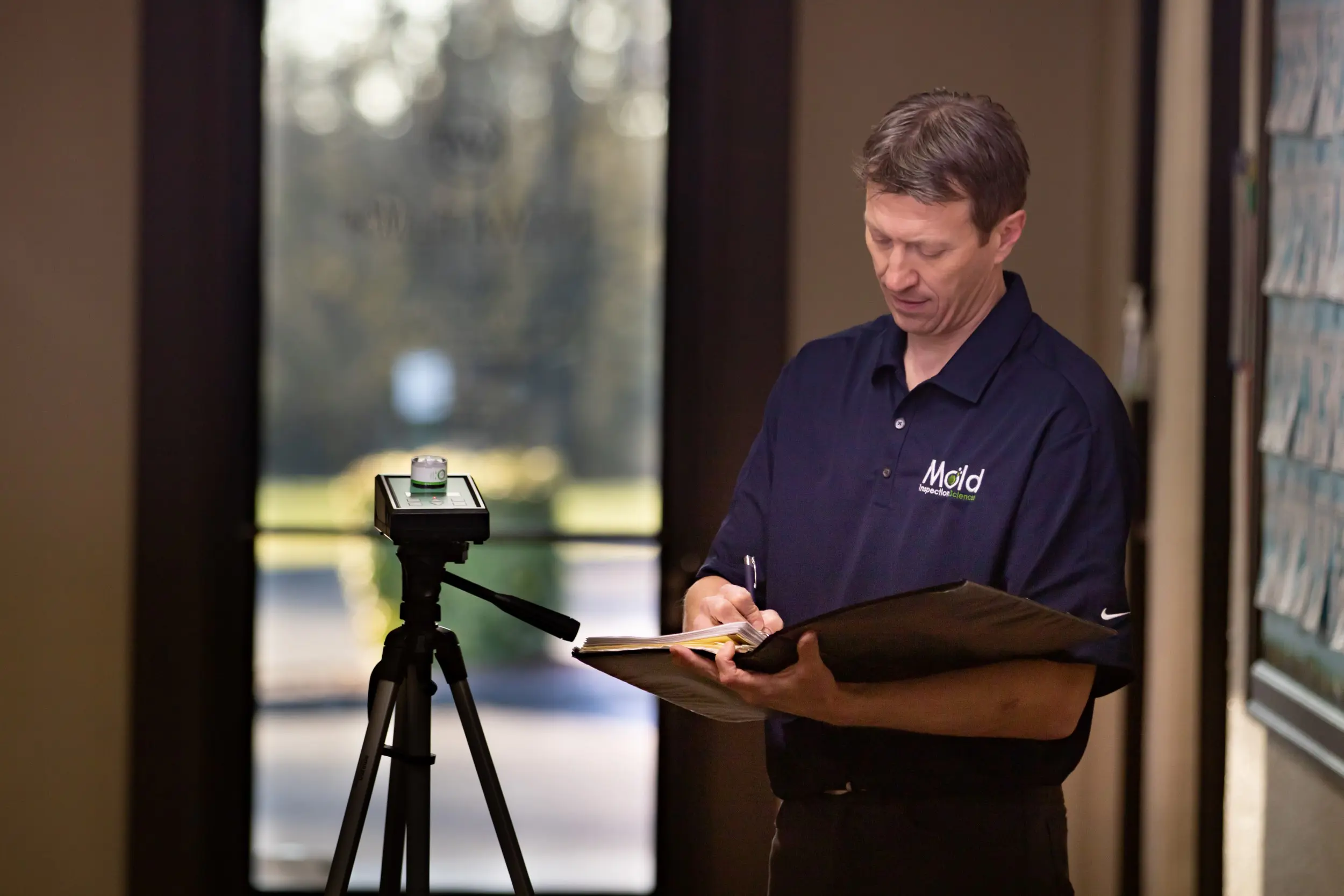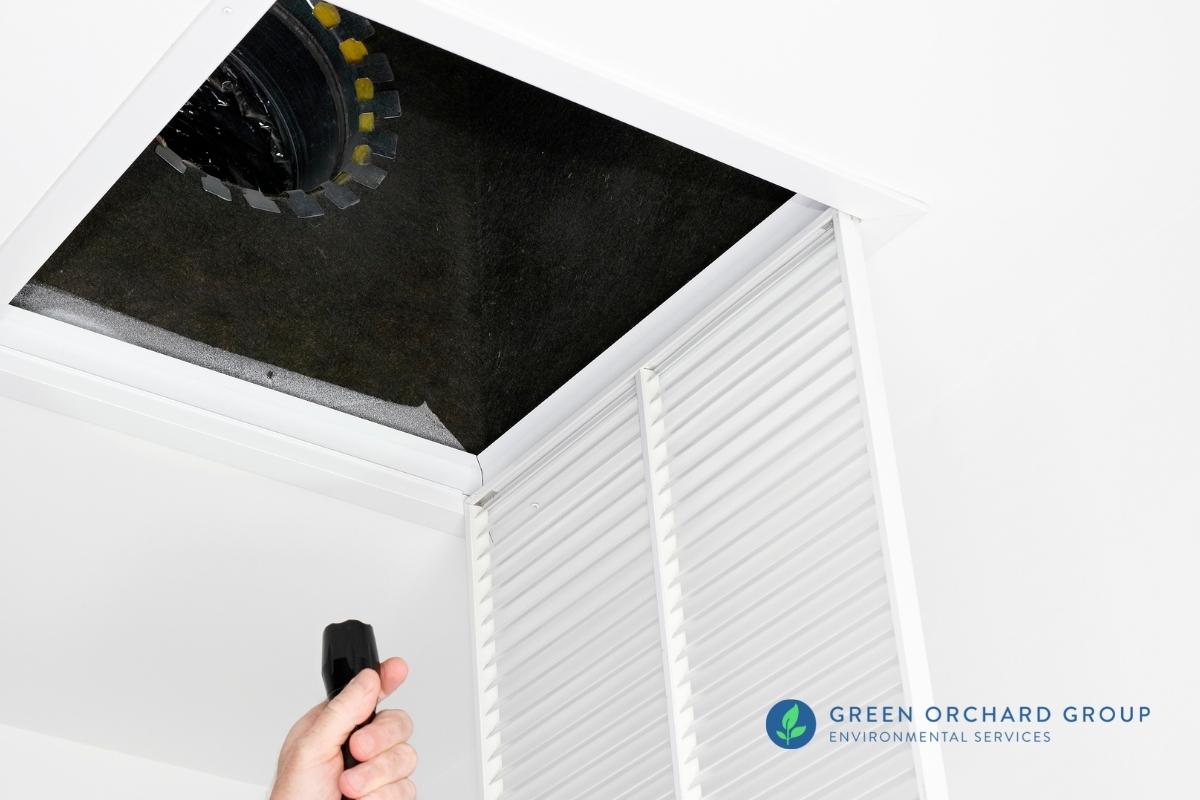Important Steps After Mold Remediation
Important Steps After Mold Remediation
Blog Article
Your Ultimate Guide to Message Mold Remediation Techniques
Browsing the world of post-mold removal methods is a precise process that requires focus to detail and a detailed understanding of the ins and outs entailed. In the aftermath of mold and mildew problem, understanding exactly how to properly eliminate the mold and avoid its reoccurrence is critical for maintaining a healthy interior atmosphere. From choosing the right cleaning and decontaminating methods to executing approaches for long-term mold and mildew prevention, each step in the removal journey plays a crucial function in making sure a successful outcome. As we embark on this expedition of post-mold removal methods, we will reveal the key techniques and best practices that can help you recover your area to its pre-mold condition and safeguard it versus future mold and mildew risks.
Recognizing Post-Mold Remediation Refine
After finishing the mold and mildew removal procedure, it is important to recognize the post-mold remediation techniques that are required to ensure a complete and efficient cleaning. As soon as the mold has actually been eliminated, the next action entails cleaning and sanitizing the impacted areas to avoid any kind of regrowth of mold. This consists of utilizing specialized cleansing representatives to wipe down surfaces and kill any type of remaining mold spores. It is vital to dry the area completely to discourage the development of mold in the future (Post Mold Remediation Report). Proper ventilation and dehumidification can assist in this process.
Furthermore, performing a final evaluation post-remediation is vital to guarantee that all mold and mildew has been successfully removed. If the examination discloses any kind of lingering mold and mildew, additional removal may be essential.
Efficient Cleaning and Sanitizing Approaches

Avoiding Future Mold And Mildew Development

Significance of Correct Ventilation
Proper air flow plays an important duty in stopping dampness build-up, a crucial consider mold development within indoor settings. Reliable ventilation systems aid get rid of excess humidity from the air, reducing the opportunities of mold spores finding the dampness they require to germinate and spread out. Without adequate ventilation, interior areas can end up being a breeding place for mold, leading to potential wellness dangers and architectural damages.
By ensuring appropriate air circulation, ventilation systems can likewise help in drying out wet locations faster after water damages or flooding incidents, better deterring mold and mildew development. Post Remediation verification. Precede like restrooms, cooking areas, basements, and attics where wetness levels often tend to be greater, mounting and maintaining effective air flow systems is critical in stopping mold and mildew problems

Surveillance and Maintenance Tips
Offered the critical role that correct ventilation plays in stopping mold and mildew development, it is critical to establish effective tracking and upkeep tips to ensure the ongoing functionality of ventilation systems. Surveillance humidity levels within the property is likewise critical, as high humidity can add to mold and mildew development. By staying alert and aggressive to the problem of air flow systems, property owners can effectively alleviate the threat of mold regrowth and preserve a healthy and balanced interior atmosphere.
Final Thought
Finally, post-mold remediation strategies are essential for guaranteeing a clean and risk-free setting. Recognizing the process, applying reliable cleaning and decontaminating techniques, avoiding future mold growth, preserving correct air flow, and regular monitoring are all important actions in the remediation procedure. By following these guidelines, you can successfully remove mold and prevent its return, promoting a healthy living or working area for all occupants.
In the consequences of mold invasion, recognizing exactly how to effectively eliminate the mold and stop its reoccurrence is extremely important for keeping a healthy and balanced interior atmosphere. When the mold has been removed, the following step entails cleansing and disinfecting the affected locations to stop any kind of regrowth of mold and mildew - Post Mold Remediation Report. After getting rid of visible mold development, it is crucial to clean all surfaces in the affected location to eliminate any continuing to be mold spores. To further improve mold and mildew avoidance measures, it is crucial to address underlying sites problems that at first led to mold development.Provided the crucial duty that appropriate ventilation plays in stopping mold and mildew development, it is vital to develop reliable surveillance and upkeep suggestions to ensure the continued capability of air flow systems
Report this page